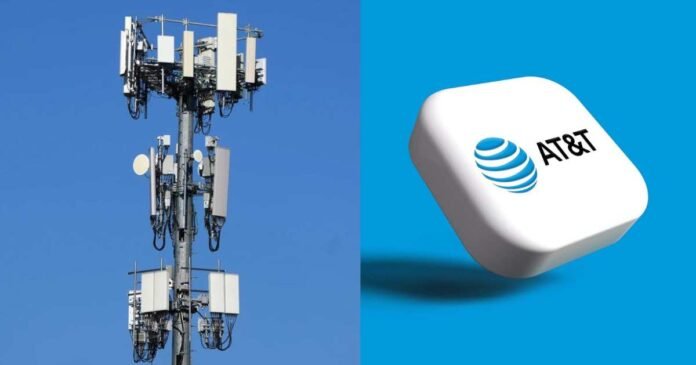On a seemingly ordinary Thursday morning, AT&T customers across the United States were met with frustration and inconvenience as the telecommunications giant experienced a widespread network outage. This unexpected disruption left countless users unable to make calls, send texts, or access the internet via their mobile devices. While network outages are not entirely uncommon in the realm of telecommunications, the extent and impact of this particular incident were notable, prompting questions about the reasons behind the outage, its repercussions, and the efforts undertaken to restore normalcy. In this comprehensive analysis, we delve into the various facets of the AT&T network outage, exploring its causes, effects, and subsequent responses.
Reasons for AT&T Network Outage
The root cause of the AT&T network outage remains a subject of speculation and investigation. While the company itself has not provided a definitive explanation, industry insiders and experts have proposed several potential reasons for the disruption. One prevailing theory suggests that the outage may be linked to the intricate process of call handoffs between cellular networks, known as peering. This hypothesis posits that a flaw or malfunction in the peering mechanism could have triggered a cascading effect, leading to widespread service interruptions for AT&T customers nationwide.
Moreover, while there is no concrete evidence to suggest malicious intent or a cyberattack, such possibilities cannot be entirely ruled out. The increasing prevalence of cyber threats targeting critical infrastructure underscores the importance of vigilance and robust cybersecurity measures within the telecommunications sector. However, until further investigations are conducted, the exact cause of the AT&T network outage remains shrouded in uncertainty.
Impact of the AT&T Network Outage
The impact of the AT&T network outage reverberated far and wide, affecting not only individual consumers but also various businesses, government agencies, and emergency services reliant on uninterrupted connectivity. From disrupted communication channels to impaired access to essential services, the outage disrupted daily operations and engendered widespread frustration among affected parties.
Emergency services, in particular, found themselves grappling with the fallout of the outage, as reports emerged of 911 call centers experiencing accessibility issues. In some instances, individuals seeking emergency assistance were unable to connect with dispatchers, raising concerns about public safety and the resilience of critical infrastructure during times of crisis. Moreover, businesses reliant on AT&T’s network for essential operations faced productivity losses and potential financial repercussions as a result of the service disruption.
Response and Mitigation Efforts
In response to the network outage, AT&T swiftly initiated efforts to restore services and minimize the impact on its customer base. The company issued statements acknowledging the widespread disruption and reassured users that restoration efforts were underway. Additionally, AT&T encouraged affected customers to utilize alternative means of communication, such as Wi-Fi calling, until normal service could be resumed.
Furthermore, AT&T’s customer service teams were mobilized to address individual complaints and inquiries, leveraging online platforms to provide real-time updates and assistance to users. Despite the challenges posed by the outage, the company’s proactive communication and mitigation efforts helped alleviate some of the concerns voiced by customers and stakeholders.
Responses from Stakeholders
Beyond AT&T’s internal response efforts, collaboration and coordination among telecommunications providers, government agencies, and local authorities played a crucial role in managing the fallout of the network outage. Competing carriers such as Verizon and T-Mobile offered support and assistance to affected customers, reaffirming their commitment to maintaining connectivity and addressing service disruptions in times of need.
Moreover, local governments and emergency response agencies worked in tandem to mitigate the impact of the outage on public safety and essential services. From implementing alternative communication protocols to providing guidance to residents, these stakeholders demonstrated resilience and adaptability in the face of adversity.
Future Preparedness
In the aftermath of the outage, industry stakeholders are likely to conduct comprehensive reviews and assessments to identify areas for improvement and implement proactive measures to prevent similar incidents in the future. This may involve enhancing network monitoring capabilities, implementing redundancy protocols, and fortifying cybersecurity defenses to mitigate the risk of disruptions caused by internal or external factors.
Furthermore, collaboration and information-sharing among telecommunications providers, regulatory agencies, and cybersecurity experts will be essential in developing comprehensive risk mitigation strategies and fostering a culture of preparedness within the industry.
The AT&T network outage serves as a sobering reminder of the critical role played by telecommunications infrastructure in modern society and the potential ramifications of service disruptions on public safety, economic activity, and daily life. While the precise cause of the outage remains unclear, the incident underscores the need for ongoing investment in network resilience, cybersecurity, and emergency preparedness.
